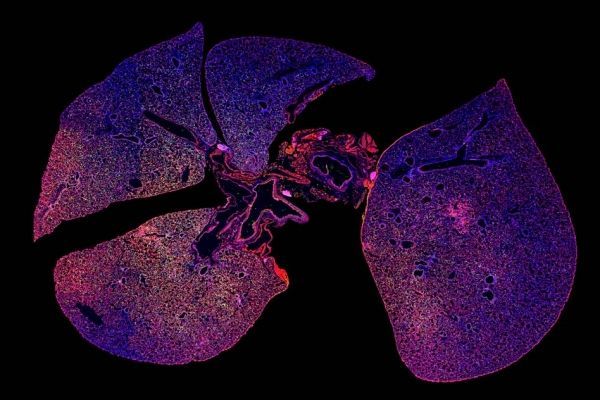Pneumonia, a respiratory disease that kills about 50,000 people in the United States every year, can be caused by many different microbes, including bacteria and viruses. Rapid detection of pneumonia is critical for effective treatment, especially in hospital-acquired cases which are often more severe. However, current diagnostic approaches often take several days to return definitive results, making it harder for doctors to prescribe the right treatment.
MIT researchers have now developed a nanoparticle-based technology that could be used to improve the speed of diagnosis. This type of sensor could also be used to monitor whether antibiotic therapy has successfully treated the infection, says Sangeeta Bhatia, the John and Dorothy Wilson Professor of Health Sciences and Technology and Electrical Engineering and Computer Science and the senior author of the study.
“If the patient’s symptoms go away, then you assume the drug is working. But if the patient’s symptoms don’t go away, then you would want to see if the bacteria is still growing. We were trying to address that issue,” says Bhatia, who is also a member of MIT’s Koch Institute for Integrative Cancer Research and Institute for Medical Engineering and Science.
Graduate student Colin Buss and recent PhD recipient Jaideep Dudani are the lead authors of the paper, which appears online Nov. 29 in the journal EBioMedicine. Reid Akana, an MIT senior, and Heather Fleming, director of research for Bhatia’s lab, are also authors of the paper.
Read more at Massachusetts Institute of Technology
Image: A strong immune response can be seen in this immunofluorescence image of lung tissue infected with pneumonia where immune cells are stained green and red. (Image: Colin Buss)


